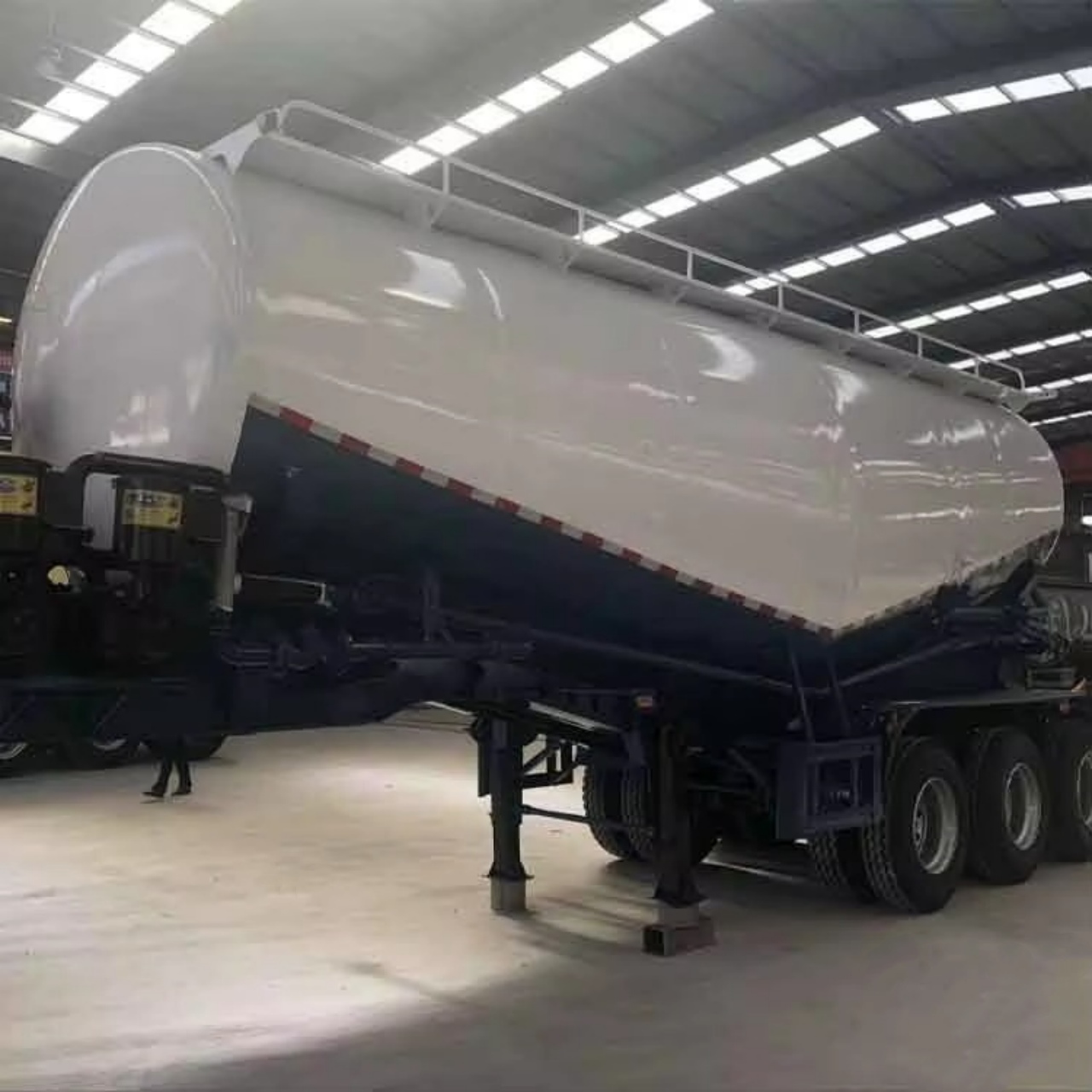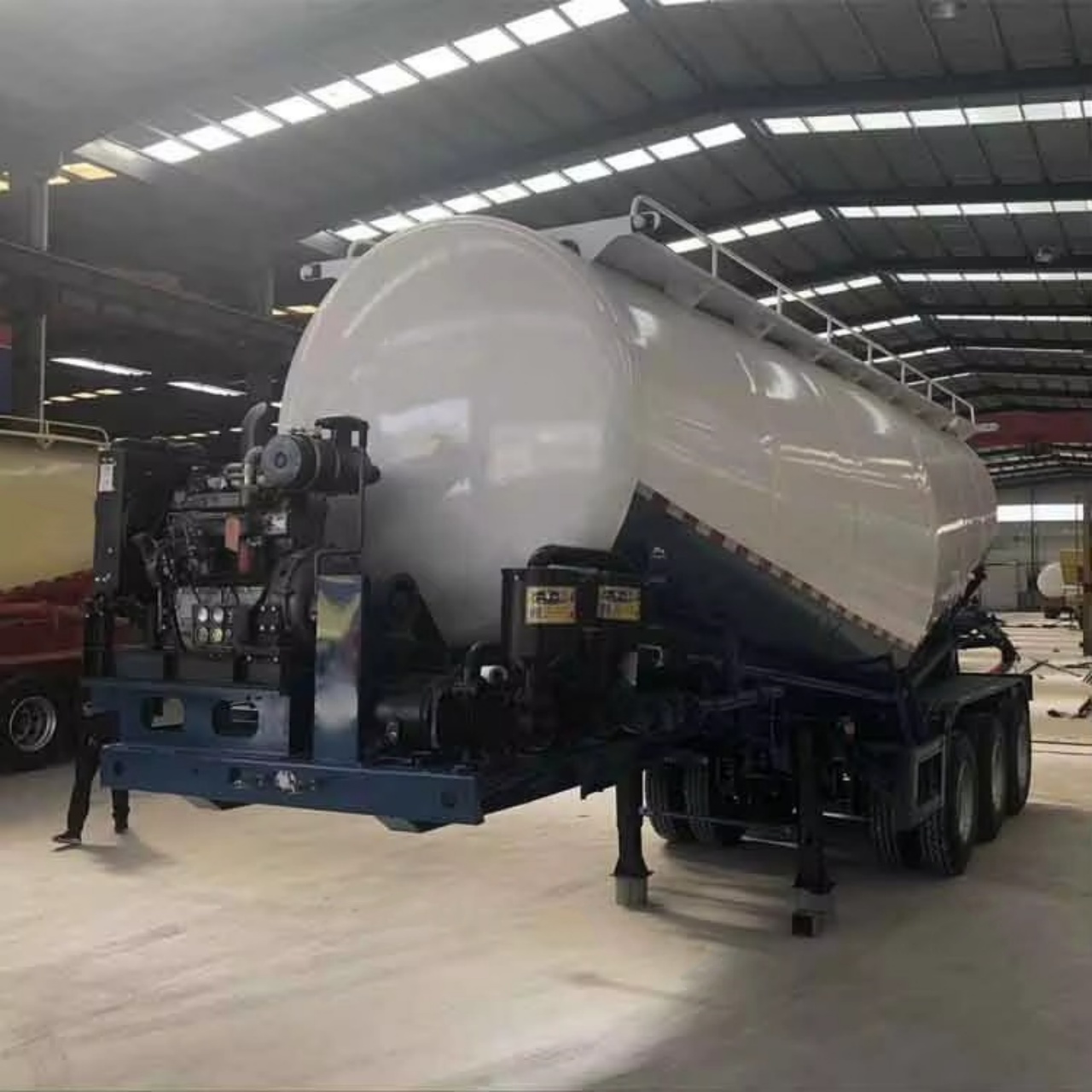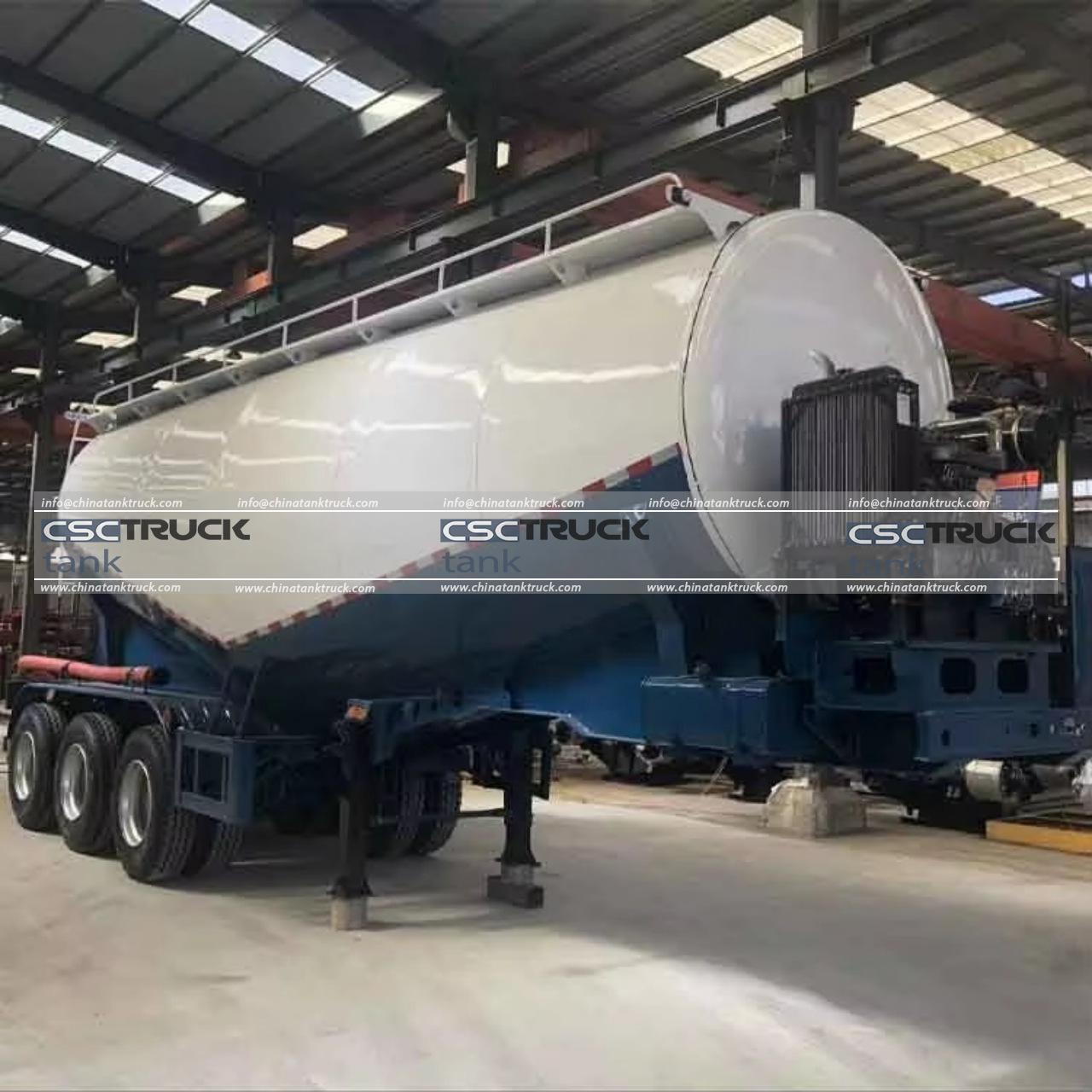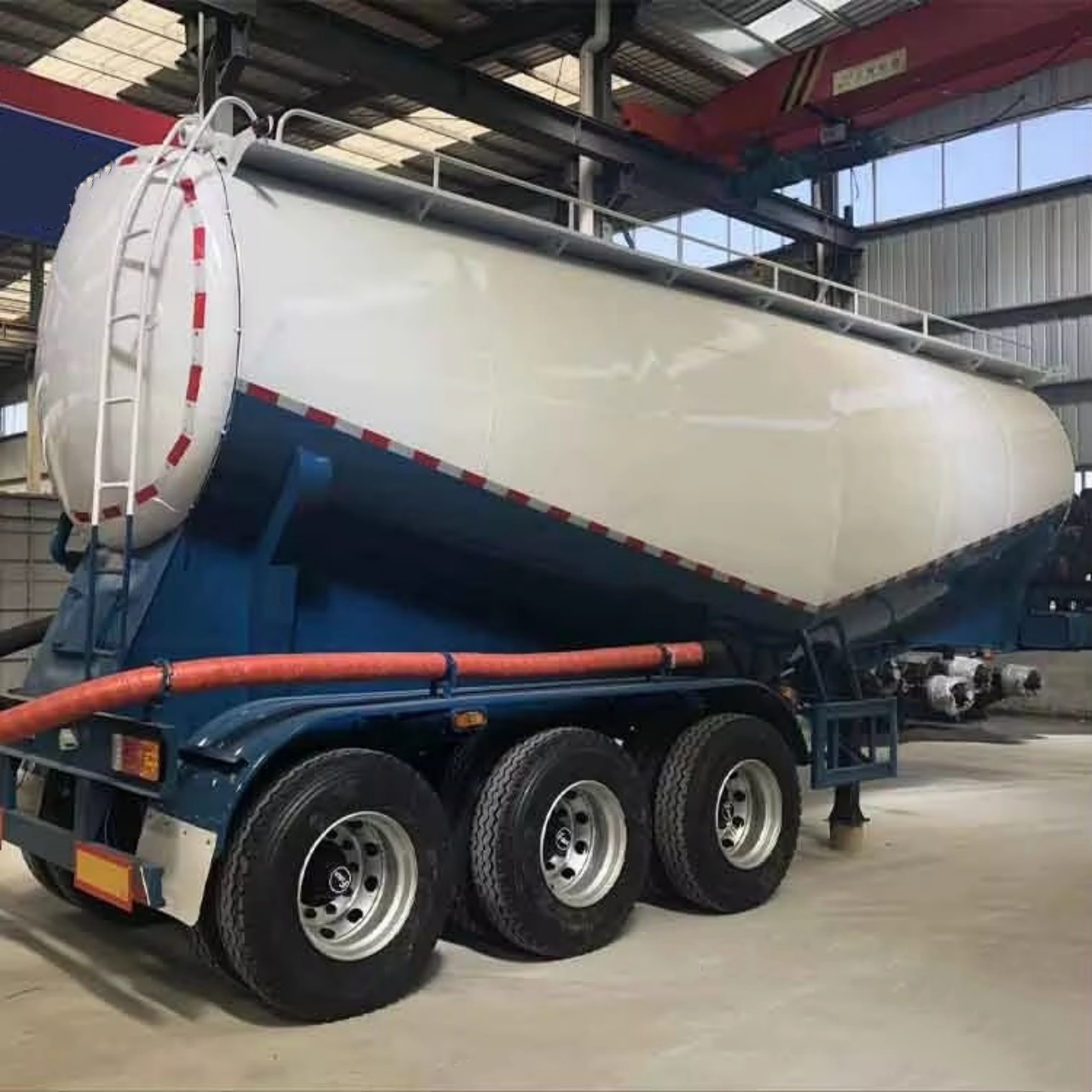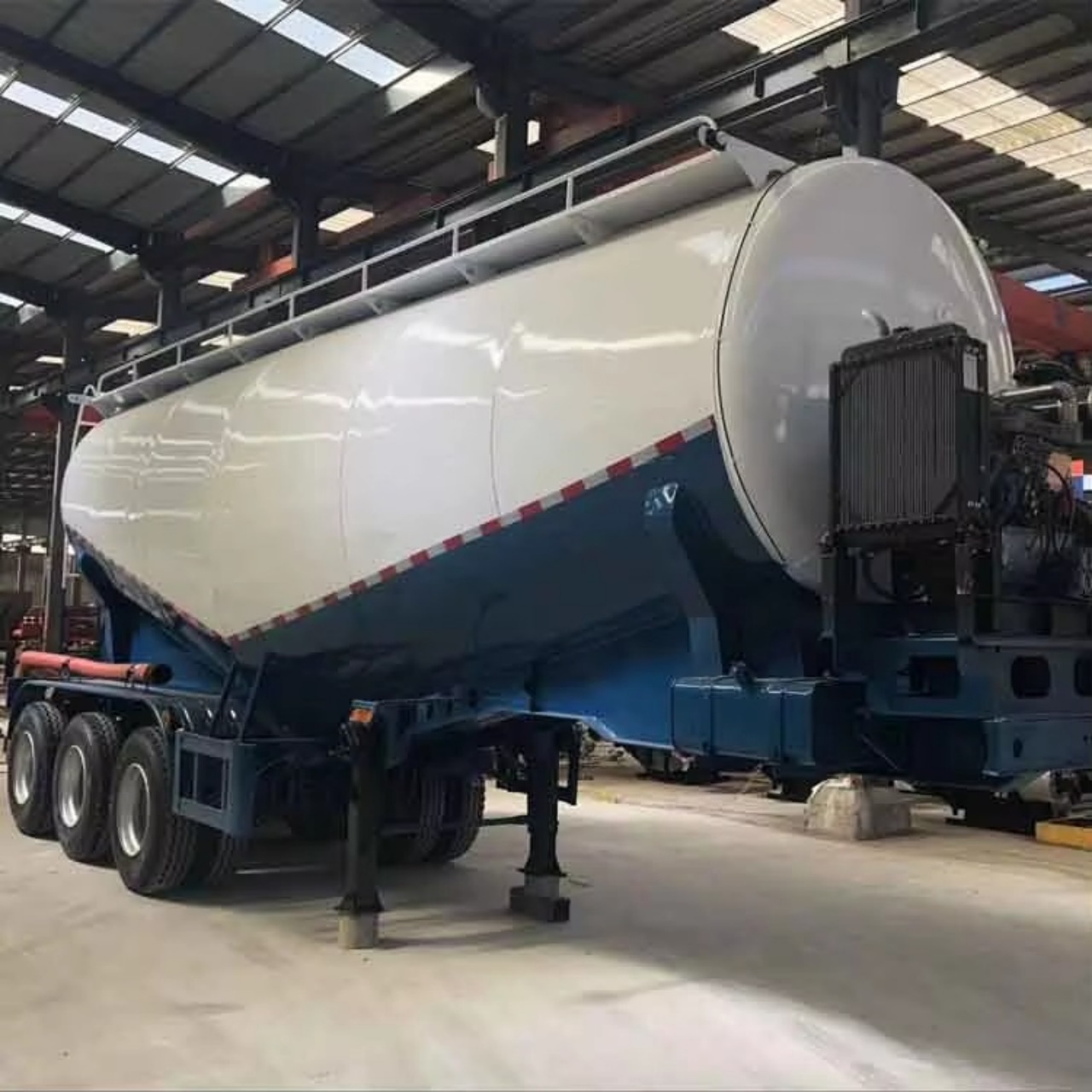When it comes to understanding the backbone of freight transportation, few components are as essential as the semi-trailer. These massive cargo carriers are seen on highways and at loading docks around the world, hauling everything from fresh produce to industrial machinery. But just how large is a semi-trailer? The answer is multifaceted and depends on a range of factors, including the type of semi-trailer, regional regulations, and its intended cargo. This article explores the dimensions, capacities, and regulatory standards that define semi-trailers in modern logistics.
What is a Semi-Trailer?
Before diving into specific dimensions, it’s helpful to understand what a semi-trailer is. A semi-trailer is a type of trailer that does not have a front axle. Instead, it relies on a tractor unit (or truck) to support the front end and provide the towing power. The rear of the semi-trailer is supported by its own set of wheels. Together, the truck and the semi-trailer form what is commonly known as a “semi-truck” or “tractor-trailer.”
Semi-trailers are used across various industries to transport goods efficiently over long distances. They come in multiple configurations depending on the nature of the cargo—dry vans, flatbeds, refrigerated trailers, tankers, and more.
Standard Dimensions of Semi-Trailers
Length
One of the most commonly asked questions is about the length of a semi-trailer. In the United States, the standard length for a dry van semi-trailer is 53 feet (approximately 16.15 meters). This has become the industry standard for maximum cargo capacity without requiring special permits.
However, semi-trailers can also come in shorter versions:
- 28 feet (8.5 meters): Often used in “doubles” or “pup” configurations where 2 shorter trailers are pulled by 1 tractor.
- 45 feet (13.7 meters) and 48 feet (14.6 meters): Older or specialized trailers are still in use.
Internationally, trailer lengths may differ:
- European Union: The standard length is typically 13.6 meters (44.6 feet) for a curtain-sided or box trailer.
- Australia: Trailers can range widely, with B-doubles reaching up to 26 meters (85 feet) in total vehicle length.
- China and Asia: Semi-trailers range between 12 and 17 meters, depending on the application and regulations.
Width
In the United States and Canada, the maximum allowable width for a semi-trailer is 102 inches (8.5 feet or 2.6 meters), excluding mirrors and safety devices. In the European Union, the standard width is 2.55 meters (100.4 inches), but refrigerated trailers are allowed an additional 5 cm due to insulation requirements, bringing them to 2.6 meters.
Height
The height of a semi-trailer can vary, but the average overall height (from ground to roof) is around 13 feet 6 inches (4.11 meters) in North America. This height fits under standard overpasses. In Europe, the height limit often falls around 4 meters (13.1 feet), although some countries allow higher vehicles under certain conditions.
Weight
The maximum weight a semi-trailer can carry is typically governed by road safety regulations. In the United States, a fully loaded semi-truck (tractor and trailer) cannot exceed 80,000 pounds (36,287 kilograms) gross vehicle weight on interstate highways without a special permit. The trailer itself usually supports up to 34,000 pounds (15,422 kilograms) on its tandem axle group.
In the European Union, the standard weight limit is 40 tonnes (88,184 pounds) for a combination of tractor and trailer, although this can vary by country and axle configuration.
Types of Semi-Trailers and Their Dimensions
Semi-trailers come in various configurations, each with its size considerations:
- Dry Van Trailers:
- Standard size: 53 feet long, 102 inches wide.
- Used for general cargo such as boxes, pallets, and packaged goods.
- Flatbed Trailers:
- Typically 48 to 53 feet long.
- Ideal for oversized loads, machinery, and building materials.
- Refrigerated Trailers (Reefers):
- Same length as dry vans but slightly thicker due to insulation.
- Transport perishable goods.
- Tanker Trailers:
- Length varies widely (40 to 53 feet).
- Used for transporting liquids, chemicals, or gases.
- Lowboy Trailers:
- Specialized for hauling heavy equipment.
- Lower deck height allows for taller cargo while remaining within legal height limits.
- Container Chassis Trailers:
- Designed to carry intermodal containers.
- Come in standard lengths to fit 20, 40, or 45-foot containers.
Legal Considerations and Permits
Semi-trailer dimensions are tightly regulated. Exceeding the standard size or weight often requires permits and special routing due to bridge and road limitations. For example, an over-length or over-height load may need a pilot car, additional safety measures, or restricted travel times.
In addition to federal rules, each U.S. state has its own set of regulations regarding vehicle size. European countries also impose varying size and weight restrictions, often harmonized through EU laws but with local exceptions.
Efficiency and Capacity
The size of a semi-trailer directly impacts the efficiency of cargo transport. A standard 53-foot dry van trailer offers around 3,489 cubic feet (98.8 cubic meters) of storage space. It can accommodate up to 26 standard 48″x 40″ pallets, typically stacked in 2 rows.
In logistics planning, understanding these dimensions helps companies maximize load efficiency, reduce costs, and ensure compliance with laws.
Innovations and Future Trends
The logistics industry is seeing innovations aimed at maximizing trailer space and improving aerodynamics. Extendable trailers, double-deck configurations, and automated loading systems are some ways the industry is evolving. Additionally, countries are experimenting with longer and heavier truck combinations—like the European Long Combination Vehicles (LCVs), which can reach up to 25.25 meters (82.8 feet) in length—to increase freight capacity without increasing road congestion.
Conclusion
So, how large is a semi-trailer? While the answer varies depending on type and region, the typical U.S. dry van trailer is about 53 feet long, 8.5 feet wide, and 13.5 feet tall. However, semi-trailers come in numerous configurations tailored to different cargo types and legal frameworks.
Understanding these dimensions is crucial not just for truck drivers and logistics companies but also for warehouse managers, safety inspectors, and city planners. Whether navigating tight urban streets or crossing international borders, the size of a semi-trailer has real-world implications on efficiency, safety, and cost in the supply chain.
